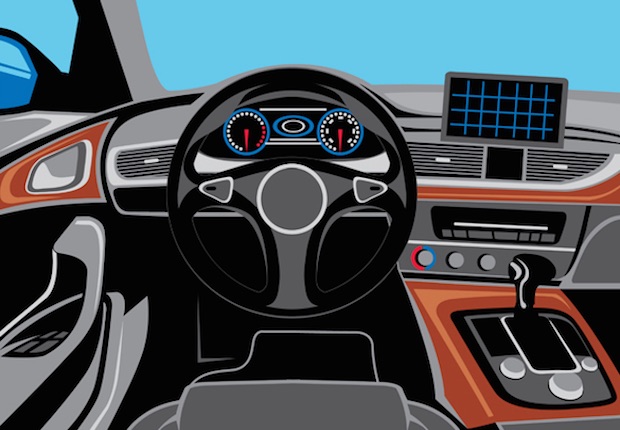
Need to know:
- Telematics can enable a more proactive approach to car maintenance.
- Black-box telemetry could also be used to encourage good driver behaviour and capture mileage data, leading to cost savings.
- As technology continues to advance, employers will need to consider how they communicate and engage staff with telematics.
As the technology used in vehicles continues to advance and telematics systems become more sophisticated, what impact could these developments have upon company car schemes?
Black-box telemetry can alert leasing providers to faults with a car, enabling a more proactive approach to maintenance, says Jonathan Smith, relationship director at Zenith. These cost savings can, in turn, be passed on to employers thereby adding further value to a scheme. “If we can intervene at an early stage rather than relying on the driver to react [to a fault] then we can generally manage it better, and deliver a better fleet management experience for organisations and for drivers,” he adds.
Telematics can also be used to capture mileage data and encourage good driver behaviour, which can help to reduce fuel and other costs, as well as address duty-of-care and risk management issues.
Employee engagement
The way in which such data is captured is also evolving. Toby Poston, director of communications and external relations at the British Vehicle Rental and Leasing Association (BVRLA), says: “Increasingly, you can do basic telematics from your smartphone, and it costs virtually nothing. Major change is coming.”
Ease of use can help to engage employees with telematics. Kathryn Batchelor, manager, employment tax technology, tax and people services at KPMG, says: “Employees aren’t going to want to do something if it’s going to cause issues or extra hassle. You have to make it attractive to a driver so that they want to use it.”
Interfacing mileage capture data from a telematics system with an organisation’s expenses system could save employees time, thereby incentivising them to use it, says Batchelor.
However, at present, telematics is more commonly used in commercial fleets rather than perk fleets, says John Pryor, chairman at the Association of Car Fleet Operators (ACFO). This could perhaps be partially attributed to concerns around the perceived use of data, particularly when cars are being driven for private use.
While data protection mechanisms would be put in place, considered communication would be required. As things currently stand, data concerns could have a negative impact on employee engagement with car schemes that are offered on a voluntary basis, says Evan Davidge, head of reward at Arup. “It’s a difficult message to get across,” he adds. “It does come down to the fundamental point: for what purpose is the data being used? That’s what people want to know.”
Yet perceptions may be changing. “[Telematics] is seen as a far less intrusive tool now than it was five years ago,” says Zenith’s Smith.
This could be down to the rise of the smartphone and individuals becoming increasingly accustomed to the ways in which data is captured and used, he adds.
While mobile technology is now fairly ubiquitous across the generations, the communication piece around telematics may more easily engage younger employees that have grown up with smartphones and social applications. Furthermore, the younger generations coming into the workforce are more likely to have experience with telematics through black-box insurance policies, which can be seen as a more affordable option for safe young drivers than conventional cover.
In the meantime, more traditional methods can be harnessed to help employers fulfil their duty-of-care responsibilities, reduce risk and encourage good driving behaviours. Danone, which has a company car plan and a car salary sacrifice scheme in place, provides drivers with training and education support. John Mayor, head of UK rewards at Danone, says: “Everyone who begins goes on a training course with the AA, we take them through a simulation and we do a licence check, as well as an insurance check for grey fleet.”
Addressing future developments
Of course, it is not just the capabilities of in-built and external technologies that are advancing, the very nature of cars is evolving. Tesla and Google are developing self-driving cars to bring to market; so how will that affect company car schemes? What are the duty-of-care implications? If an employee is involved in an incident with an autonomous vehicle, or if the employee is the one occupying the autonomous vehicle, who will be liable?
“There needs to be [government] guidance for insurance firms, for leasing providers and for end-users that outlines what the future might look like,” says Smith. “We are going to be there soon. In fact, we are there already.”
Indeed, in the Budget 2016, the government set out its ambition to establish the UK as a global centre of excellence in connected autonomous vehicles. This includes plans to trial driverless cars on the road network by 2017 and the launch of a consultation this summer on the removal of regulatory barriers to enable self-driving cars to use major roads in England. The future, it seems, is already here.